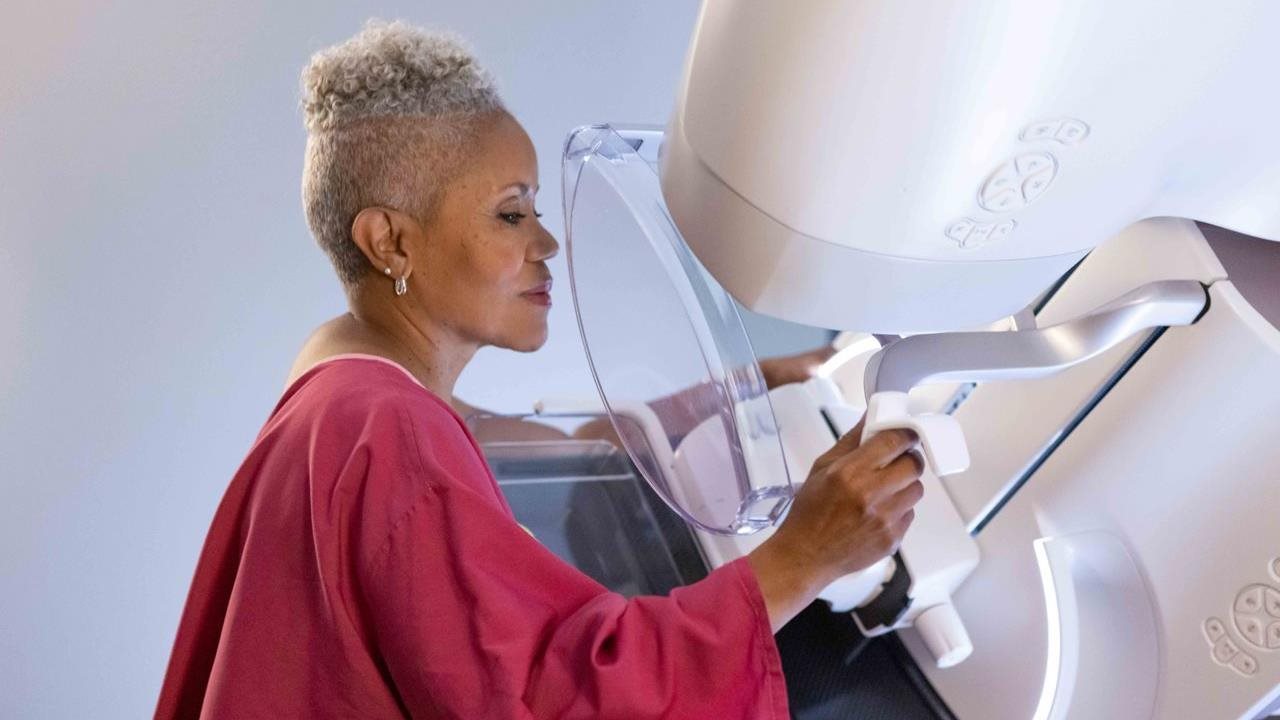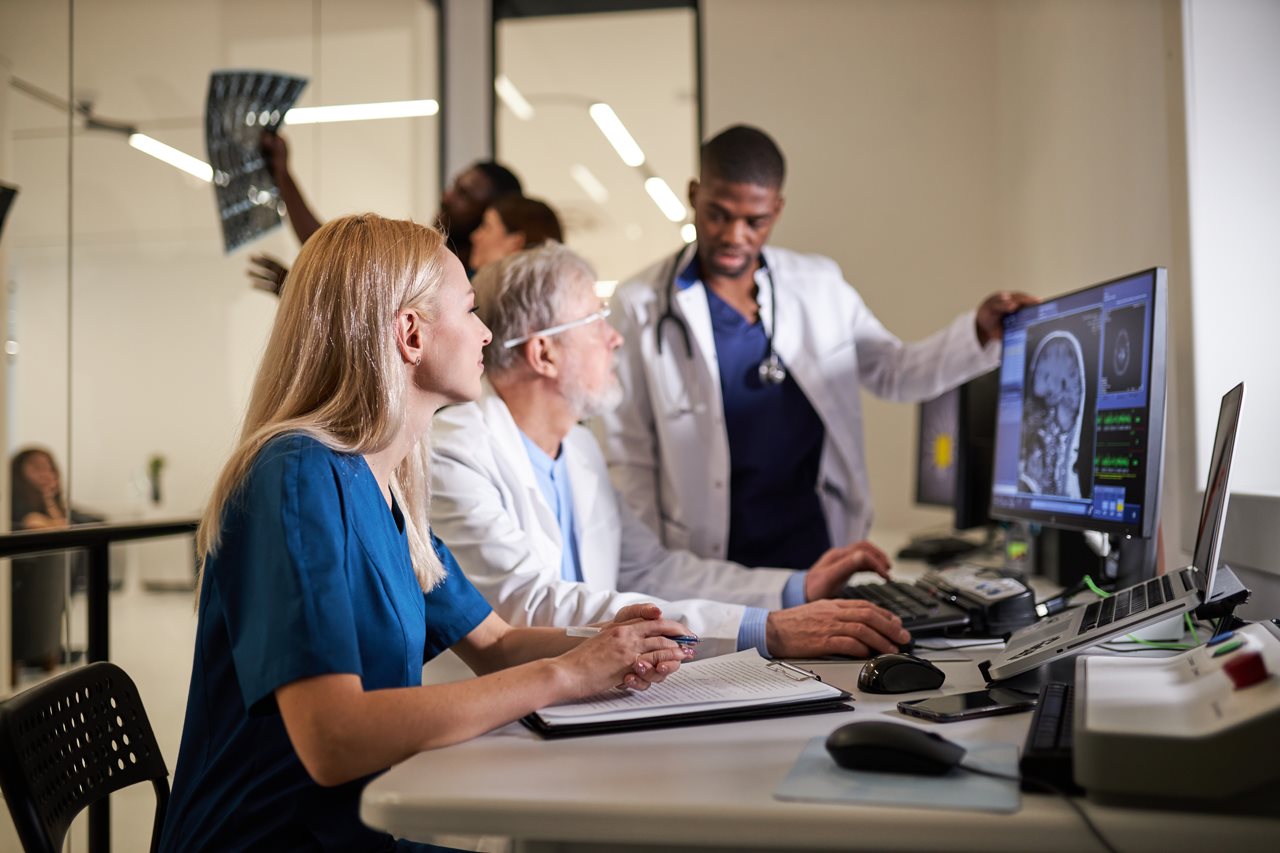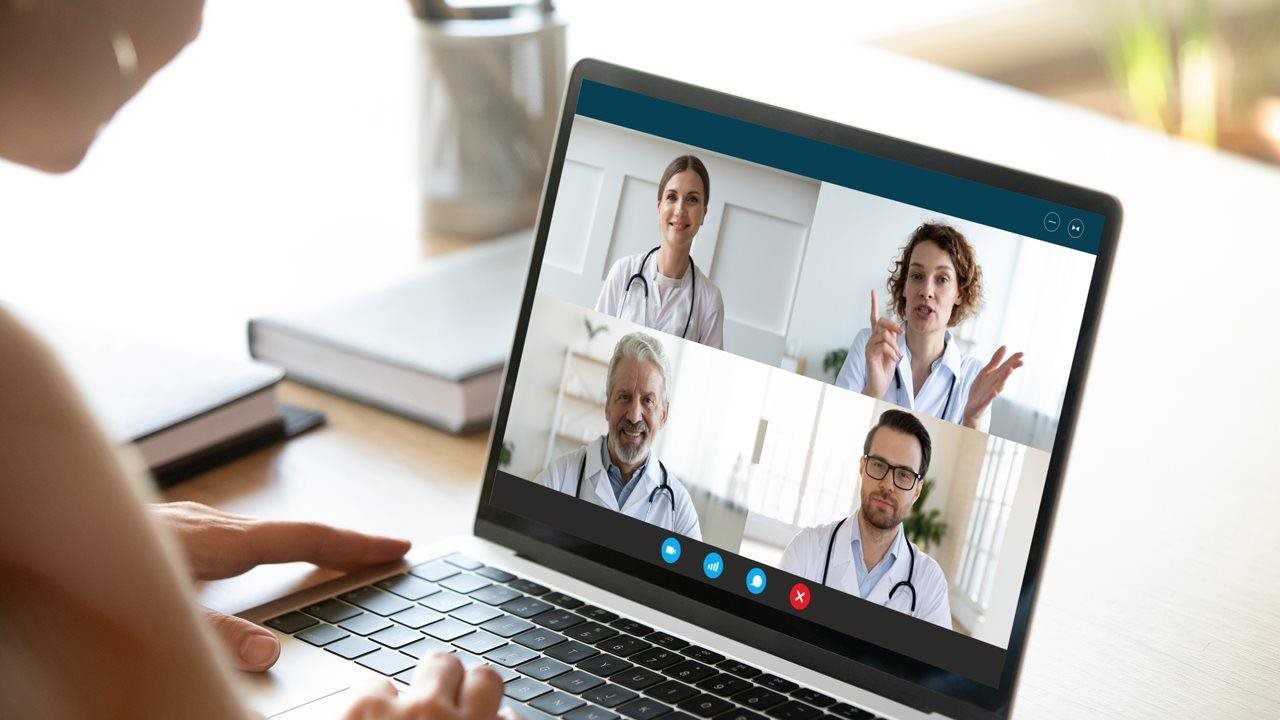2024-10-07T06:01:00
(BPT) – Are you concerned about your cardiovascular (CV) health? Even if you don’t have a family history of CV diseases, it’s important to find out if you’re at risk so you can proactively take care of your cardiac health. Luckily, three simple universally available tests can detect your risk of life-threatening CV events like heart attack and stroke — decades in advance.
Since 1950, heart disease has been the leading cause of death in the U.S. While heart disease affects people of all genders, races and ethnicities, heart disease in women, especially young women, has increased, with more women than men dying of heart disease every year.
While these statistics may be shocking, there is good news. A recent study has shown that a simple blood test of three biomarkers can predict a woman’s lifelong risk for heart attack and stroke.
Predicting the risk of CV disease as simple as 1, 2, 3
The recent study published in The New England Journal of Medicine followed nearly 30,000 healthy American women to predict their risk of CV disease over the subsequent 30 years. Researchers measured participants’ levels of high sensitivity C-reactive protein (hs-CRP), LDL cholesterol (LDL), and lipoprotein(a) (Lp(a)). Each biomarker independently contributed to a woman’s overall CV risk, but one stood out above the rest: hs-CRP.
You’re probably familiar with an LDL test and likely Lp(a), which measures fats in your blood. What makes hs-CRP different is that it doesn’t test for fats — but rather for inflammation.
Inflammation’s role in CV disease
It may sound odd that inflammation, your body’s natural response to illness or injury, can contribute to CV events, but if you think about inflammation’s health role, it’s easy to see why.
Cholesterol and plaque in your arteries can also trigger an inflammatory response, according to Johns Hopkins Medicine. When you suffer from long-term inflammation, it can damage healthy tissues, including your arteries and heart.
By measuring your hs-CRP levels, you’ll have a clearer picture of your risk of CV events down the road. In fact, according to another study, among patients already taking cholesterol-lowering statins, hs-CRP may be an even stronger predictor of future CV events than measuring high LDL cholesterol.
“Our understanding of how increased levels of inflammation can interact with lipids to compound cardiovascular disease risks has significantly improved our ability to treat patients based on their individual inflammatory risk which we can now treat with low-dose colchicine,” said Brittany N. Weber, M.D., Ph.D., director of the Cardio-Rheumatology Clinic, and associate physician in preventative cardiology and cardiovascular imaging at Brigham and Women’s Hospital. “This new study shows the importance of measuring the inflammatory biomarker, hs-CRP, in addition to fats in the blood, to be able to better treat our patients, especially women, even earlier and potentially prevent life-threatening heart events.”
A low-dose treatment option for inflammation
Many statin medications have some anti-inflammatory properties but do not fully address inflammation issues. To help manage your inflammation and lower your risk of CV events, you’ll need an anti-inflammatory medication that can further reduce your risk of a heart attack or stroke.
If your hs-CRP levels are high, your doctor may recommend low-dose colchicine. Low-dose colchicine, 0.5 mg, is the first and only therapy FDA-approved as an anti-inflammatory medication shown to reduce the risk of a cardiovascular event, including heart attack or stroke.
The once-daily oral tablet can be used alone or in combination with a patient’s current lipid-lowering medication to effectively treat cardiovascular disease. Low-dose colchicine addresses your inflammatory risk to reduce the risk of a heart attack or stroke in secondary and primary prevention.
If you’re concerned about your heart health, ask your doctor about the three simple tests above and take special notice of your inflammation marker. Learn more about your risk and steps you can take to support your cardiac health at CVDInflammation.com.












